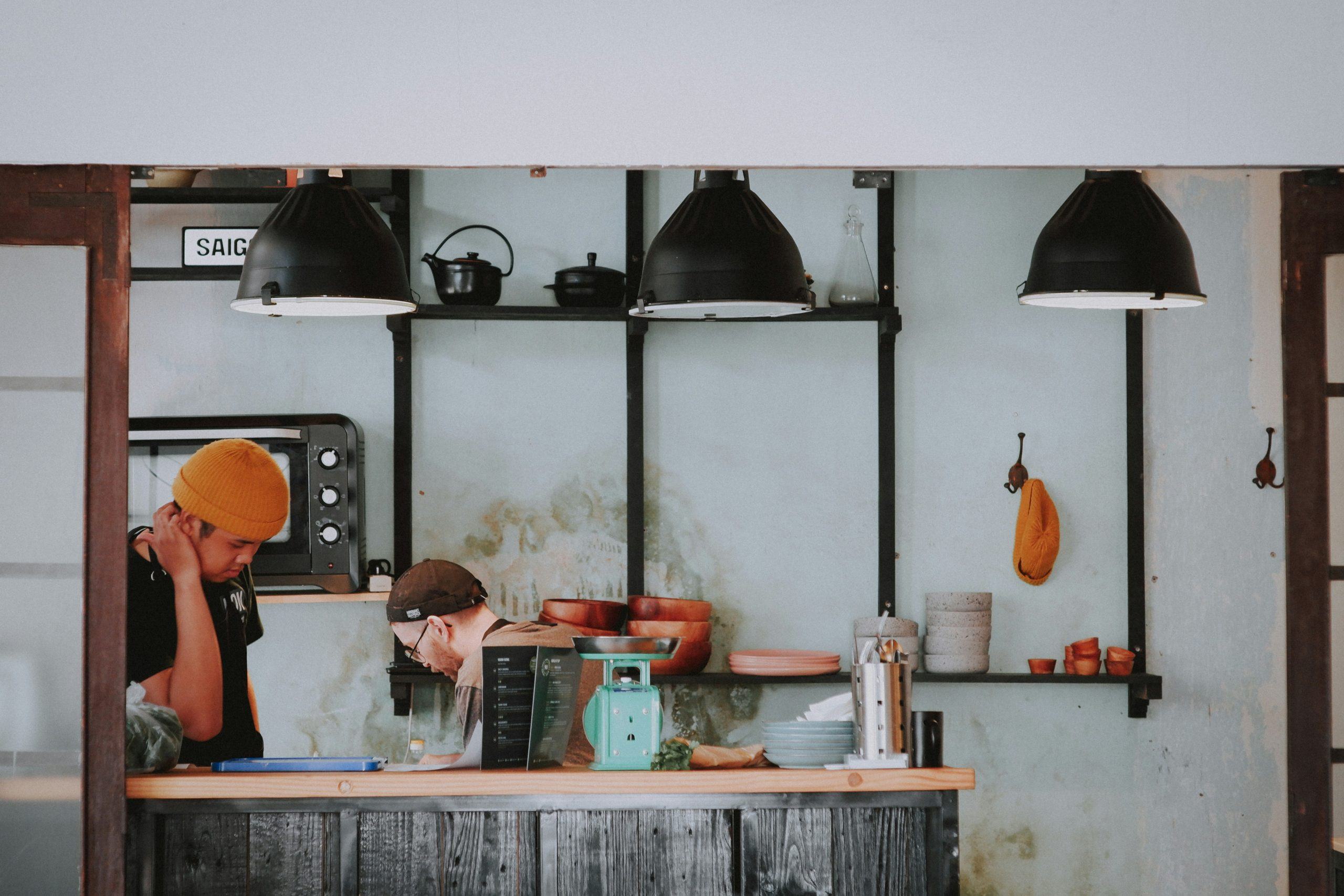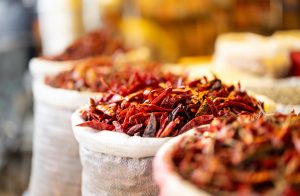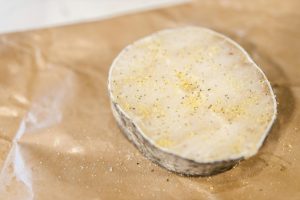Kitchen Design Psychology: How Layout Affects Your Cooking Performance
Have you ever noticed that some kitchens seem to make cooking and meal prep effortless, while others can make even the simplest dishes feel like a daunting task? It turns out that there is a science behind this phenomenon, known as kitchen design psychology. The layout of your kitchen, from the placement of appliances to the organization of cabinets, can greatly impact your cooking performance. In this article, we will explore the key elements of kitchen design psychology and how they can impact your culinary experience.
The Impact of Kitchen Layout
Kitchen design is about more than just aesthetics. It is about creating a functional space that supports and enhances your daily activities, particularly cooking. According to the principles of kitchen design psychology, the layout of your kitchen can affect your cooking performance in several ways:
Ease of Movement
One of the main factors that can impact your cooking experience is the ease of movement in your kitchen. A poorly designed layout can make it difficult to move around, resulting in frustration and wasted time. On the other hand, a well-designed layout takes into consideration the work triangle – the efficient path between the sink, fridge, and stove – and ensures that there is enough space for movement between these key areas.
Efficiency and Productivity
When it comes to cooking, time is of the essence. A kitchen that is optimized for efficiency and productivity can save you valuable minutes or even hours in the long run. This can be achieved through a well-thought-out layout that minimizes the distance between key areas and allows for easy access to necessary tools and ingredients.
Comfort and Ergonomics
Have you ever experienced back pain or discomfort after spending extended periods standing and preparing meals in the kitchen? This could be due to a poorly designed kitchen layout that does not take into account ergonomics. The placement of countertops, cabinets, and appliances at the right height and distance can make a big difference in your comfort level while cooking.
Key Elements of Kitchen Design Psychology
Now that we understand how kitchen layout can impact our cooking performance, let’s take a closer look at the key elements of kitchen design psychology:
Work Zones
In every kitchen, there are three main work zones – storage, preparation, and cooking. An effective kitchen layout will separate these zones and ensure that they are within easy reach of each other. This allows for a smooth flow of movement while cooking, minimizing the chance of accidents and maximizing efficiency.
Storage
The storage zone includes your pantry, cabinets, and drawers. In a well-designed kitchen, this zone should be easily accessible and organized to limit the amount of time spent searching for ingredients or tools. A cluttered or disorganized storage area can have a negative impact on your cooking performance, leading to frustration and wasted time.
Preparation
The preparation zone is where you chop, dice, and assemble your ingredients. This area should be located near the sink and have enough countertop space for food prep. Having easy access to the sink allows for quick clean up, while ample counter space minimizes the need to move ingredients around and reduces the risk of spills.
Cooking
The cooking zone includes your stove, oven, and any other cooking appliances. This zone should be located away from the main traffic flow and have enough space for you to comfortably move around while cooking. A well-designed cooking zone also takes into consideration the placement of ventilation to prevent heat and odors from spreading throughout the kitchen.
Other Considerations for Kitchen Design Psychology
In addition to the key elements mentioned above, there are a few other factors to keep in mind when designing a kitchen with cooking performance in mind:
Lighting
The right lighting can have a significant impact on your cooking experience. A well-lit kitchen not only makes it easier to see what you’re doing, but it can also enhance your mood and motivation. Natural lighting is ideal, but if that’s not possible, make sure to have layered lighting that includes overhead lights, task lighting, and accent lights.
Color Psychology
Believe it or not, the color of your kitchen can also affect your cooking performance. Warm colors, such as red, orange, and yellow, are known to stimulate appetite and energy, making them great choices for the kitchen. On the other hand, cool colors, like blue and green, can have a more calming effect, which may not be as conducive to cooking.
In Conclusion
Kitchen design psychology is a fascinating subject that highlights the importance of a well-designed and organized kitchen. With the right layout and attention to detail, your kitchen can become a functional and efficient space that supports your cooking performance and makes meal prep a breeze. Whether you’re building a new kitchen or looking to make improvements to your current one, keep these principles in mind to create a kitchen that is not only aesthetically pleasing but also enhances your culinary experience.










